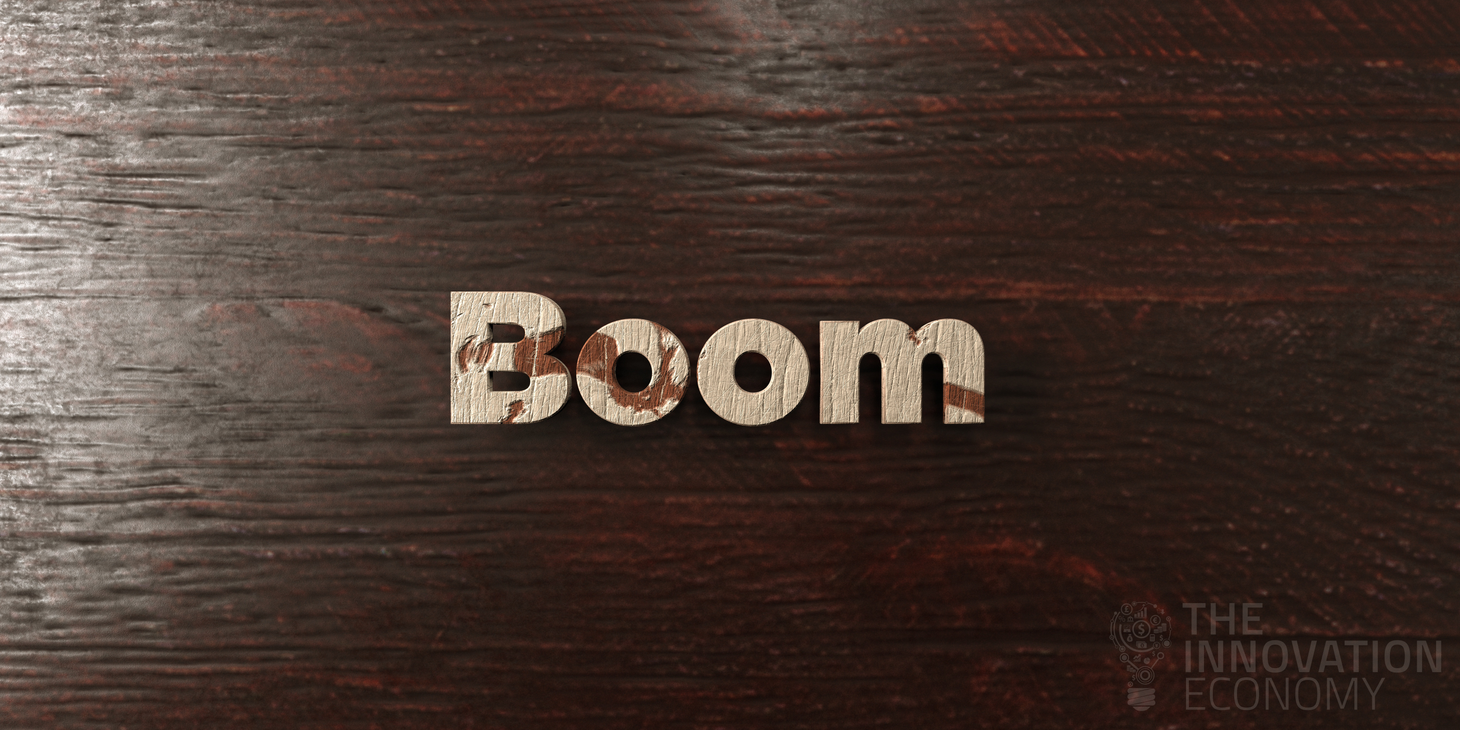Building a Business That Booms in the Innovation Economy
When Gary Hamel says, “Jump,” businesses ask, “How high?” Hamel is one of the greatest business thinkers of the present day, and The Wall Street Journal and Forbes agree. So when Hamel talks about how both business leaders and their teams need to be engaged in the innovation process in order to thri

When Gary Hamel says, “Jump,” businesses ask, “How high?” Hamel is one of the greatest business thinkers of the present day, and The Wall Street Journal and Forbes agree. So when Hamel talks about how both business leaders and their teams need to be engaged in the innovation process in order to thrive in the innovation economy, we would all be wise to listen.
The businesses that are booming in today’s innovation economy are those that embrace this type of thinking and challenge each and every employee to participate. So how do you compete?
Today, no leader can afford to be indifferent to the challenge of engaging employees in the work of creating the future. Engagement may have been optional in the past, but it’s pretty much the whole game today.
Gary Hamel
How Has the Innovation Economy Changed Business?
The business landscape looks very different today than it did just a few decades ago. Consumers expect more from the companies they patron, and if expectations aren’t met, another company will quickly step up to take its place.
It’s no longer about the organizations that are big and established. Unfamiliar names are entering the market and outperforming consumers’ traditional choices. Yes, the giants of the industry can (and do) still do well, but only if they continue to deliver innovative, breakthrough products.
For comparison’s sake, 100 years ago, most Fortune 500 companies had been around for over half a century. Today, the average Fortune 500 company has existed for under two decades.
This means that businesses are being forced to operate differently. The goal is no longer just to keep producing or providing an excellent service or product. The goal is to progress, move forward, innovate, and provide something that is special and unique. This means that organizations aren’t looking for employees who will simply toe the line; rather, they want employees who will bring something new and interesting to the table and who aren’t afraid of shaking things up.
Change From The Innovation Economy
Innovation cultures celebrate diversity and creativity. Different organizational departments are encouraged to collaborate instead of becoming siloed. Innovative ideas come from surprising places, and the businesses that not only realize but embrace this are the ones that are quickly rising to the top.
But it's not just about the workforce and their innovative ideas. As more and more businesses have realized that they can no longer rest on their core business merits, we’ve seen more and more money, time, and other resources being invested in innovation.
It’s a balancing act: businesses need to continue to provide their traditional services and products with excellent customer service and experiences, while also developing new products and services that will revolutionize their respective industries. Companies that are able to strike this balance are the ones that succeed. The others slowly fall to the wayside.
How to Embrace the Innovation Economy
Though innovation economics has quickly become the standard for businesses around the globe, many are still falling behind. In order for any organization to build a company culture of innovation and to thrive in this new economy, there are a few key shifts in business practices that must be made.
Communicating Innovation Priorities
First, companies need to understand the importance of communication. Altering cultural norms and refocusing priorities toward innovation can be a shock to shareholders and employees. This means that as new processes are implemented to encourage innovation—as well as when innovative ideas are being tested out—there should be clear and consistent internal communication.
Value of the Workforce for Innovation
Organizations also need to understand the value that their workforce brings to the table. Too much of the time, businesses create silos where some employees help with innovation and others stick to core operations. Not only can this hurt the company culture, create confusion, and cause division; but it also causes businesses to miss out on potentially game-changing ideas from those who are excluded from the innovation process.
Just as Gary Hamel said, it is no longer an option to engage only part of your team in building the future of your business. Successful innovation requires an effort from everyone in your organization. Businesses should encourage employees—from the top down—to contribute ideas they think will improve processes, products, or services.
In order to make sure you’re really on the right track to making your organization more innovative, be sure to follow my 7 Immutable Laws of Innovation.
How Can Your Business Build a Team for Innovation?
While having the right processes in place is essential to innovation, companies also need to build the right teams. The processes are there to support and guide the team, but they will only be effective if the workforce has the skills and mindset to embrace those processes.
The right employees are the ones who are passionate and excited about the industry, about making progress, trying new things, and being involved in the company's success. The individuals who will thrive and help move an organization forward are the ones who are creative, adaptable, curious, and collaborative.
Most companies will already have a few of these employees on board. However, there will probably also be a few individuals on the team who don’t have these traits. These are the employees that prefer to work alone and do the job that they’ve always done. This doesn’t mean you need to let these workers go. Sometimes all they need is the right motivation to make their ideas heard. Sometimes it takes a little training.
To get everyone on board and in collaboration with one another, communication is key, from the bottom to the c-suite. Explain what’s expected and elicit feedback from employees at every level of the organization.
Success in The Innovation Economy
Innovation does not come easy, but with the right processes in the place and the right team on your side, you can begin to take your place in the booming innovation economy. To learn more about how to thrive in today’s new economy, check out how the team can help.
Phil McKinney Newsletter
Join the newsletter to receive the latest updates in your inbox.




